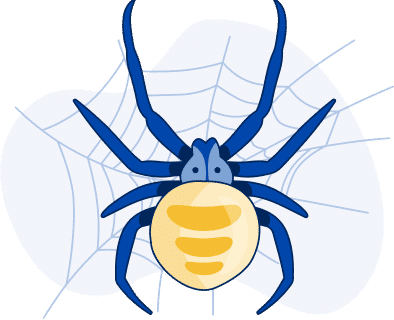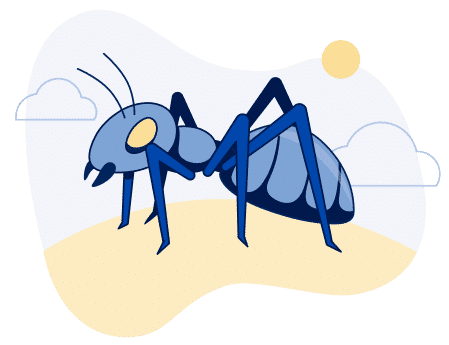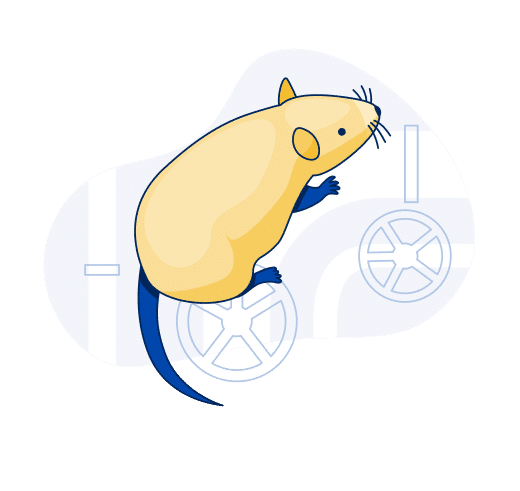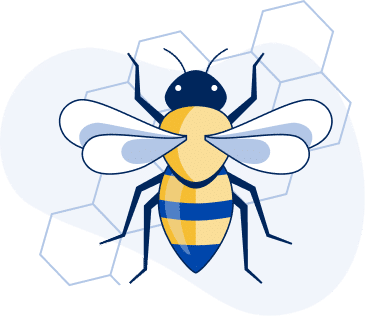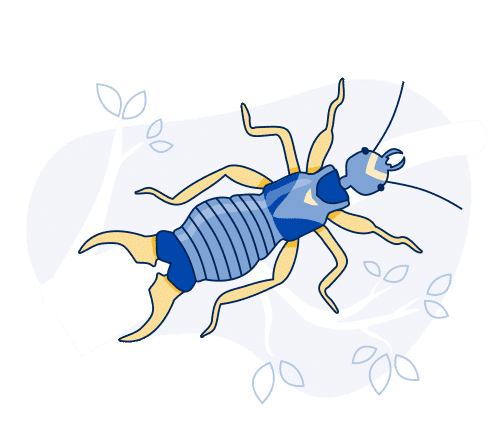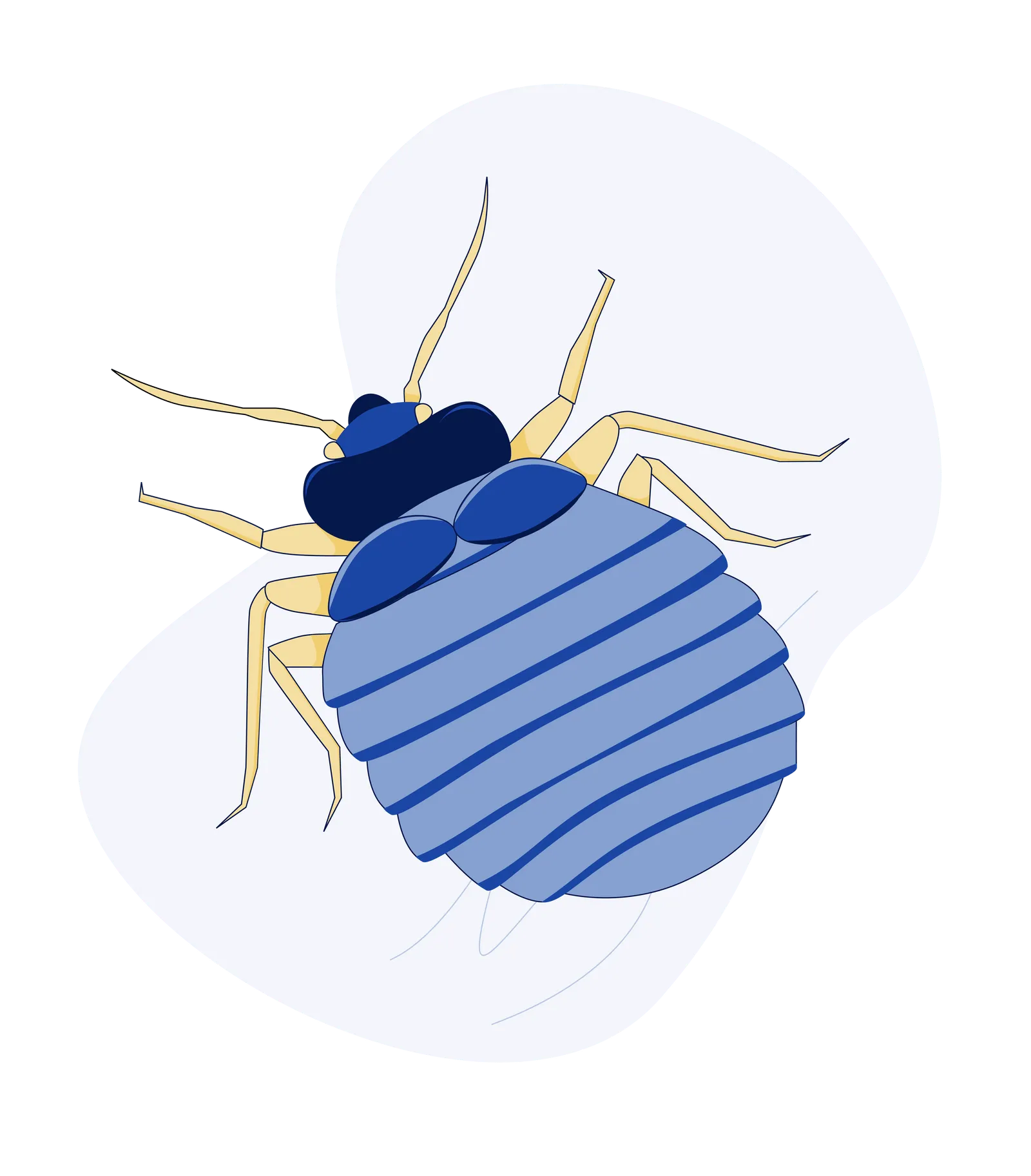Facts About Flying Ants

Flying ants are a fascinating and often misunderstood phenomenon that occurs in many parts of the world. These insects, which can suddenly appear in large numbers, are not a separate species but rather a phase in the life cycle of certain ant species. This blog post’ll explore some intriguing facts about flying ants, shedding light on their behavior, purpose, and role in the ecosystem. Whether you’re a curious naturalist or simply someone who’s encountered these winged insects and wants to learn more, this article will provide valuable insights into the world of flying ants. So, let’s dive in and discover what makes these aerial ants so interesting!
Flying ants are simply normal ants – but with wings!
Flying ants, known scientifically as alates, are not a separate species but rather a stage in the life cycle of an ant colony. These winged ants are sexually mature individuals that emerge from the colony to mate and establish new colonies.
The life cycle of an ant consists of four stages: egg, larvae, pupae, and adult. Once they reach adulthood, some ants develop wings. Example: When a colony of carpenter ants reaches a certain size and maturity, they produce winged reproductive ants, which are the flying ants. These flying ants leave the colony during the nuptial flight to mate and establish new colonies, thus continuing the life cycle of the carpenter ant species.
Flying Ants are often mistaken for Flying Termites.
Flying ants and flying termites are often confused due to their similar appearance, especially when they swarm in large numbers. However, there are distinct differences between the two that can help you tell them apart:
Wing Length:
- Flying ants have two pairs of hind wings of unequal length; their front wings are noticeably longer than the back ones.
- Termites have wings of equal length, which can be a key identifier when comparing the two insects.
Antennae:
- The antennae of flying ants are bent or elbow-shaped, which is different from termites.
- Termites have straight antennae that often appear beaded.
Body Shape:
- Flying ants have a pinched waist, giving them a segmented appearance.
- Termites have a broad waist, and their bodies are more uniform in width.
Color:
- Flying ants are usually darker, with colors ranging from black to reddish-brown.
- Termites tend to be lighter, with colors ranging from creamy to peachy with a hint of brown.
These differences are not just cosmetic but also reflect the different roles these insects play in the environment. Flying ants, or alates, are responsible for leaving their colonies to mate and establish new ant colonies. They are a crucial part of the ant life cycle and contribute to the dispersal and genetic diversity of ant populations.
On the other hand, termites are known for their destructive behavior, as they feed on wood and can cause significant damage to structures. Understanding these differences is important for proper pest control and prevention measures.
Flying ants only swarm during hot summer weather
Flying ants, also known as alates, typically swarm during warm summer weather. This behavior is part of their natural life cycle and is crucial for the reproduction and expansion of ant colonies. The swarming occurs when the conditions are just right, usually on warm, humid days, often following a period of rain. While many people think there’s a single day when all flying ants come out, it’s actually a season that can last from June to September, with several peaks of activity.
The timing of the ant swarms can vary each year, influenced by the local climate and weather patterns. During this period, the ants take flight to mate and find new locations to establish colonies. After mating season, the female ants, or queens, will lose their wings and begin their new colonies. This swarming is a natural event and is not harmful to humans.
So, flying ants one of the common summer pests that are typically observed during their nuptial flight in the summer months; the exact pattern of their swarming can change from year to year, depending on the weather conditions.
Female flying ants are bigger than males.
The females, particularly the queens, are larger than the males. This size difference is significant because the queen ants have the vital role of establishing new colonies after the mating flight. They can measure up to 15mm in length, which is quite large for an ant. The males, on the other hand, are smaller and their primary role is to mate with the queens during the flight. After mating, they have fulfilled their purpose and do not live much longer.
Flying ants are not harmful.
Generally, unlike other flying insects, flying ants are considered harmless. They are focused on reproduction rather than aggression. However, they can bite or sting defensively, which can be irritating to the skin, especially for those with allergies to insect bites or stings.
What Causes Flying Ants in the House?
Discovering flying ants indoors can be quite alarming. It’s a clear sign that there’s an ant colony in close proximity. These winged ants are drawn to damp areas, making them commonly spotted near water sources such as sinks, bathtubs, and water pipes. Taking proactive steps to eliminate leaks and reduce excess moisture in your home can effectively deter them from making themselves at home.
How to Get Rid of Flying Ants?
To effectively rid your home of flying ants, consider the following multi-step approach:
- Immediate Action: Vacuum up the swarms of flying ants. Be sure to promptly dispose of the vacuum bag outside your home to prevent them from returning1. Alternatively, a mixture of dish soap, water, and peppermint oil can be used as a natural spray to immobilize and dehydrate the ants. Simly put the mixture to spray bottle and start spraying the affected area.
- Attack the Colony: To stop the infestation at its source, set up ant bait stations. The bait contains a substance that disrupts the ants’ reproductive cycle, and worker ants will carry it back to the nest, affecting the entire colony. Insecticidal dust is another option, though it’s best applied by a professional ant exterminator who can accurately locate the colony.
- Prevent Future Infestations: Regularly inspect your home for leaks and ensure proper ventilation to keep areas dry. Replace any damaged wood that could serve as a nesting site for the ants.
Remember, while sprays and immediate solutions can kill visible ants, they won’t eliminate the hidden colony. Consistent efforts to maintain a dry environment and the use of baits or professional pest control services are key to long-term control.

